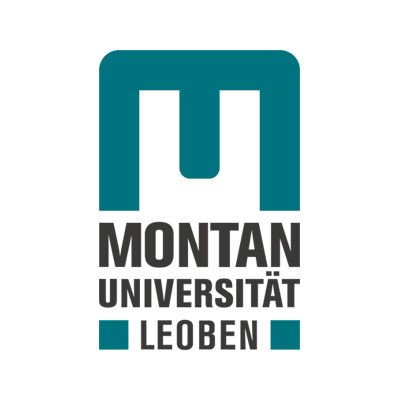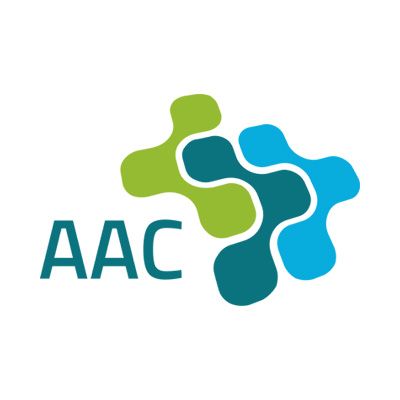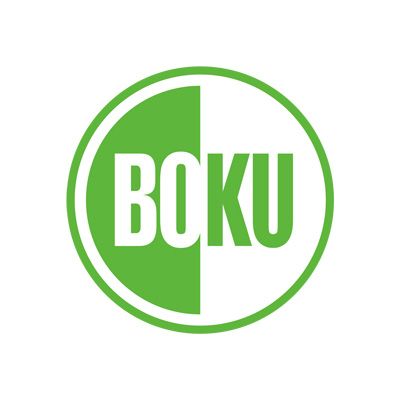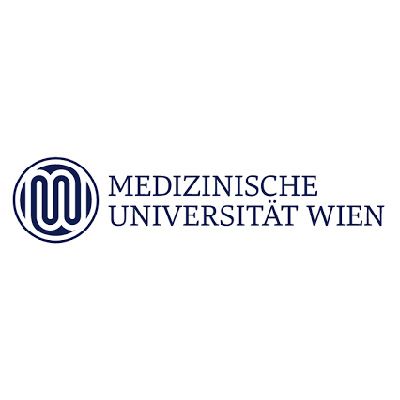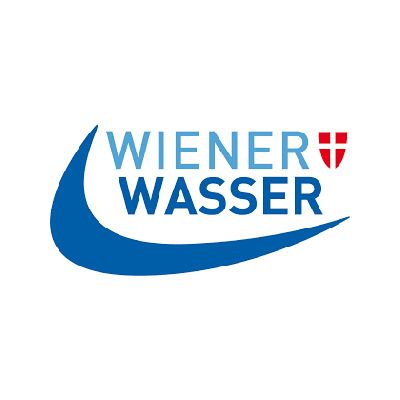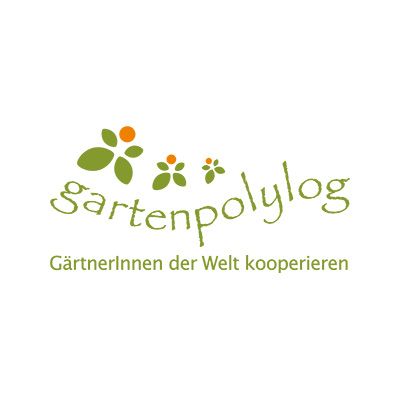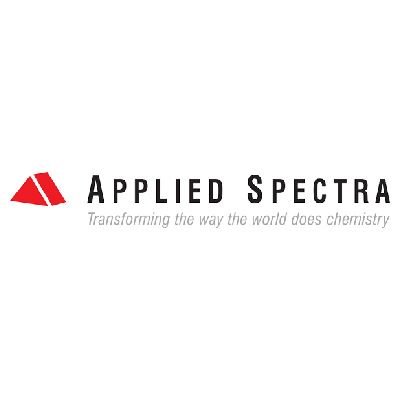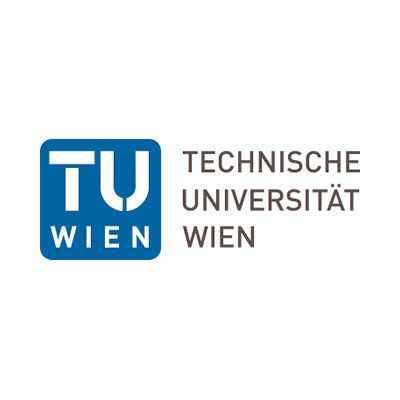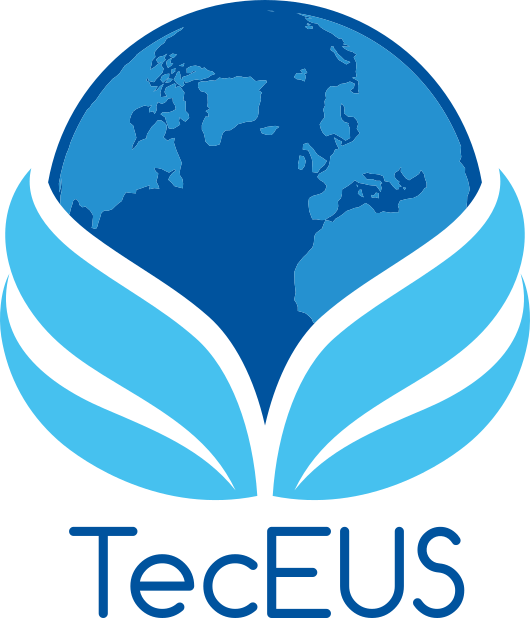
TecEUS – TECHNOLOGY-CRITICAL ELEMENTS IN URBAN SPHERES
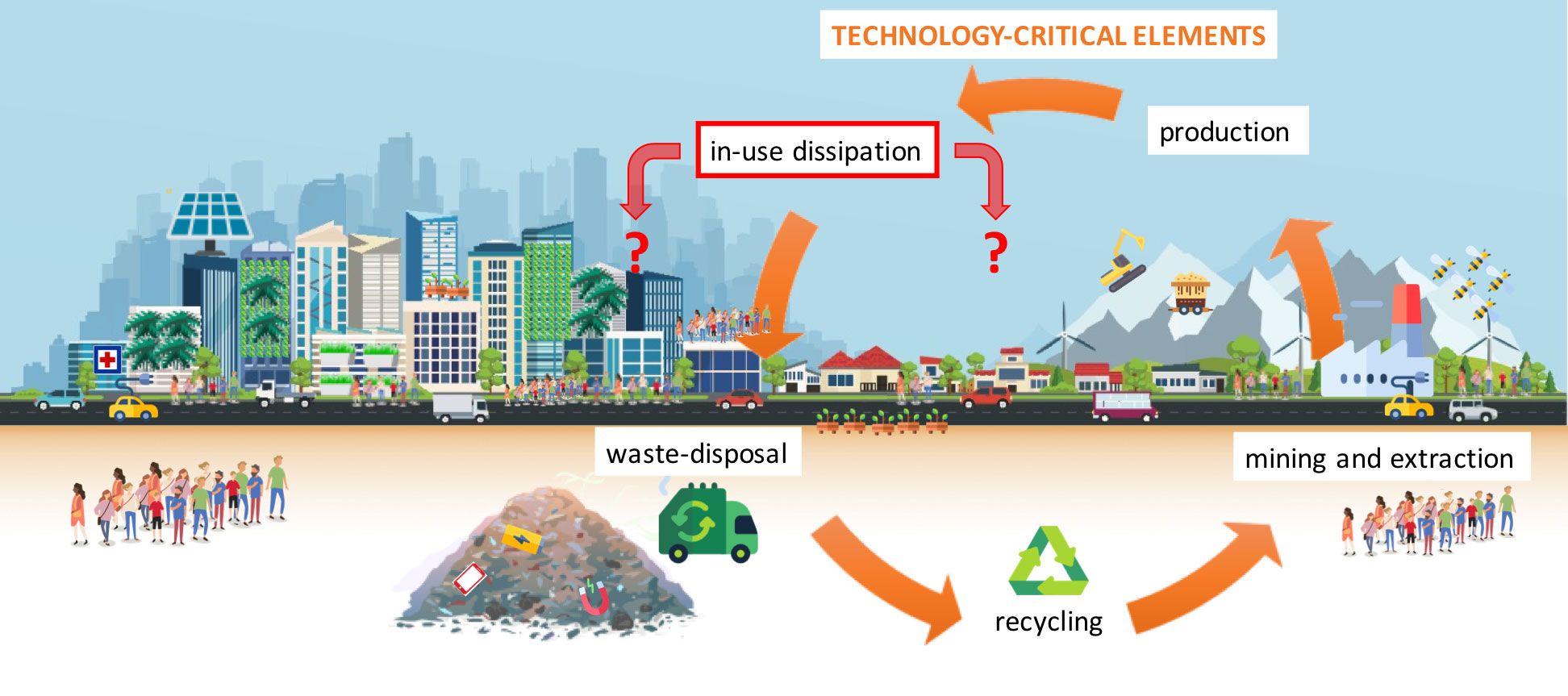
Major outcomes
The TecEUS (Technology-critical Elements in Urban Spheres) project systematically investigated the distribution of technology-critical elements (TCEs) like germanium, antimony, and neodymium in Vienna, Austria. These elements are crucial for high-tech applications across various fields, including healthcare, transport, and ICT.
Key Achievements:
- Construction of a mobile module-based wind channel for systematic assessment of dust deposition on leaves and other surfaces
- Development of an inductively coupled plasma tandem-mass spectrometry (ICP-MS/MS) based measurement procedure to expand understanding of TCE prevalence in environmental matrices
- Demonstration of TCE presence in urban dust and association with human activities, emphasizing the need for inclusion of TCEs in environmental monitoring
- Generation of the first extensive dataset on TCEs in urban environments, serving as a reference for future studies
- Creation of a socio-ecological model depicting stocks and flows of TCEs
- Development of prospective scenarios showing how TCE applications may lead to future emissions
Motivation and scope of the project
The project TecEUS aimed to assess the release, exposure and accumulation of selected technology critical elements (TCE) (Li, Be, Ga, Ge, In, Tl, Y, Nb, Ta, Te; platinum group elements (PGE) and rare earth elements (REE) in an urban environment. This was accomplished by applying advanced analytical techniques based on inductively coupled plasma mass spectrometry (ICP-MS) in combination with models for material flow analysis. These elements used in novel technologies are increasingly released into the environment and substantial knowledge is missing with regards to quantities, environmental cycles and potential health hazards. One major motivation in the context of Green Public Health was to explore systematically the role of urban greening related to these elements dissipated into an urban sphere on the example of major cities such as Vienna (Austria).
The scope of TecEUS aims at closing crucial knowledge gaps in regards to:
i. the accurate assessment of elemental and isotopic data from TCE in environmental samples;
ii. the extent of the accumulation of TCEs and related elements in urban spheres (water, plants, soil) and understanding their sources, pathways and sinks on the example of a major urban sphere;
iii. the effectiveness of urban green façades as filters for TCEs and their potential as human health preventive measure;
iv. a system-wide assessment linking dynamics of in-use technologies, to flows of specific TCEs and their leaching and dissipation from use-phases across Vienna.
v. emerging human health threats due to increasing TCEs levels in air and urban agricultural products;
The key objectives were addressed from multiple scientific perspectives.
Project abstract
The project aimed at the systematic quantification of drivers, sources, pathways and sinks as well as environmental and human health threats of technology-critical elements (TCEs; e.g. germanium, antimony, neodymium) in the urban spheres of Vienna. For the first time, TCE fluxes were studied at urban scales. TCEs are key components in novel technologies (e.g. electronic devices, cars, thin-layer photovoltaics, nanoparticles and contrast agents in medical imaging). Due to their abundant use, TCEs are increasingly released into the environment during manufacturing, use and disposal. Substantial knowledge is missing with regards to current levels found in the environment, environmental cycles and potential health hazards of TCEs. The potential toxicity to human health and the environment requires the development of analytical techniques, monitoring and scenario modelling to inform precautionary policy and requirements for innovation.
Within this project, TCEs levels were measured systematically in water, soil, plants, and aerosol, supported by citizen science approaches involving residents and gardeners. Novel analytical techniques based on mass spectrometry allowed to detect the low levels of TCEs in natural samples. Green façades were evaluated for the efficiency to bind airborne TCEs. A simplified socio-ecological model was developed depicting the biophysical stocks and flows of TCEs and their human health implications along with the development of prospective scenarios and monitoring requirements.
The transdisciplinary project combined analytical environmental chemistry (Montanuniversität Leoben, Dept. of Chemistry), landscape engineering (University of Natural Resources Vienna, Institute of Soil Bioengineering and Landscape Construction), socio-ecological modelling (University of Natural Resources Vienna, Institute of Social Economy) and human health (Medical University Vienna, Center of Public Health).
Im Rahmen dieses Projekts wurden TCE-Gehalte in Wasser, Boden, Pflanzen und Aerosol gemessen. Dabei kamen auch Citizen-Science-Ansätze zum Einsatz, an denen Anwohner*innen und Gärtner*innen beteiligt waren. Neuartige Analysetechniken auf der Grundlage der Massenspektrometrie ermöglichten es, die niedrigen TCE-Gehalte in natürlichen Proben nachzuweisen. Begrünte Fassaden wurden auf ihre Fähigkeit untersucht, TCEs aus der Luft zu binden. Es wurde ein vereinfachtes sozio-ökologisches Modell entwickelt, das die biophysikalischen Bestände und Ströme von TCEs abbildet, um ihre Auswirkungen auf die menschliche Gesundheit zu untersuchen sowie die Entwicklung von Zukunftsszenarien zu ermöglichen.
Das transdisziplinäre Projekt kombinierte analytische Umweltchemie (Montanuniversität Leoben, Dept. of Chemistry), Landschaftsbau (Universität für Bodenkultur Wien, Institut für Bodenbiotechnologie und Landschaftsbau), sozio-ökologische Modellierung (Universität für Bodenkultur Wien, Institut für Sozialwirtschaft) und menschliche Gesundheit (Medizinische Universität Wien, Zentrum für Public Health).
